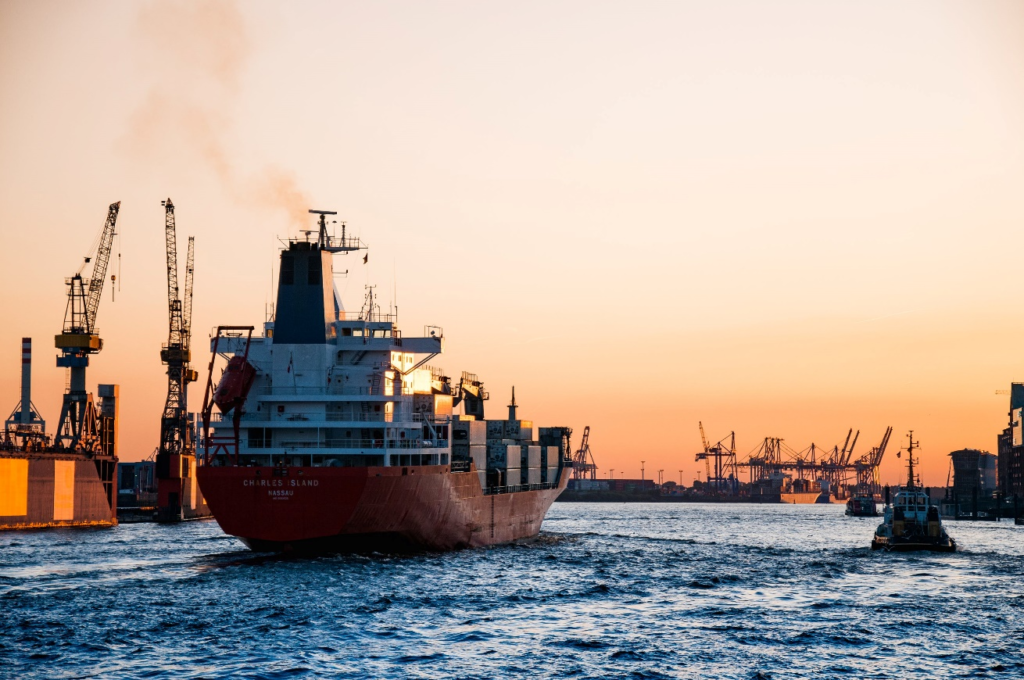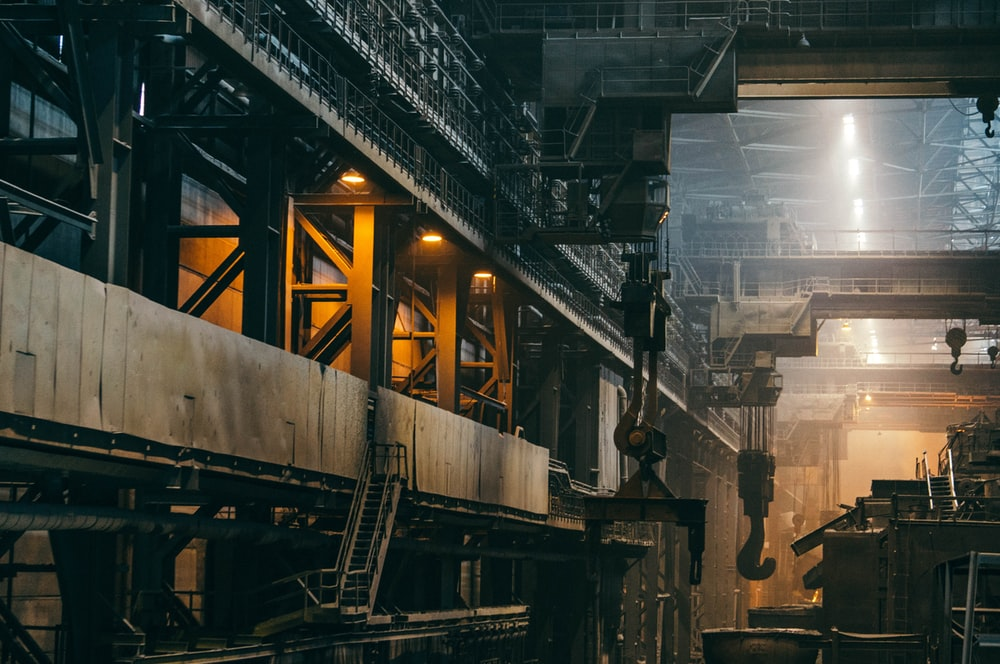For orders and details please call 726-999-0231
4 Differences Between Marine & Industrial Diesel Engines

With diesel engines, there isn’t a one-size-fits-all piece for all kinds of applications. Diesel engines may be used for industrial purposes, in trucks, RVs, pumps, and for generating electric power. They also have several marine applications.
While each machine may have minor differences that allow it to perform better for its purpose, at their core, they are all the same. Read on to discover a few key differences between marine diesel engines and industrial engines.
Diesel engines are widely used in the marine industry for many reasons. While they may not be as readily available as gas marine engines, heavy-duty marine machinery may use diesel engines manufactured by large firms like Caterpillar.
The designs for marine engines are adapted from the truck and off-road machines in the market.
Usage:
Industrial diesel engines are often adapted for use in marine applications. Small boats may only get around 100-300 hours of use a year, but with heavy-duty marine crafts, their average usage goes up to 10,000-15,000 hours before overhaul.
Moreover, marine engines have a brief service life compared to industrial engines, which can complete 500,000 – 1,000,000 miles before being scrapped. The shorter lifecycle is attributed to the consistent high speeds and low RPMs that marine engines operate at. Comparatively, trucks and industrial machines are used at slower speeds, with RPMs only changing with the shift of gears.
Marine engines that are kept idle are more vulnerable to rust and corrosion. Constant exposure to saltwater may lead to the steel and cast iron components of marine engines wearing away faster than industrial engines.

Starter:
The starter in a marine engine is covered with epoxy compared to the usual paint or plain casting applied on industrial diesel engines. This epoxy coating helps keep the engine safe from rust.
A marine starter is kept sealed to keep water seepage away, and the castings are spot welded to add more resilience and keep it from breaking.
Alternator:
The alternator in a marine engine includes an extra plate on the back of the fan and an extra spark arrestor screen. These additions keep the bilge from sparking, preventing the boat from catching on fire while at sea.
Fuel Pump:
A marine-related fuel pump has a dual-diaphragm design compared to industrial engines, which have a single diaphragm design. This keeps the compartment from rupturing and the fuel from spreading over the bilge.
A high-performance marine fuel pump also includes a bleed-off line that pumps fuel back into the carburetor if the diaphragm breaks down.
Looking for marine Cat ECM repair services online? CAT ECM is one of the country’s leading ECM replacement providers, catering to industrial and marine applications. Visit our website to place your order today!

